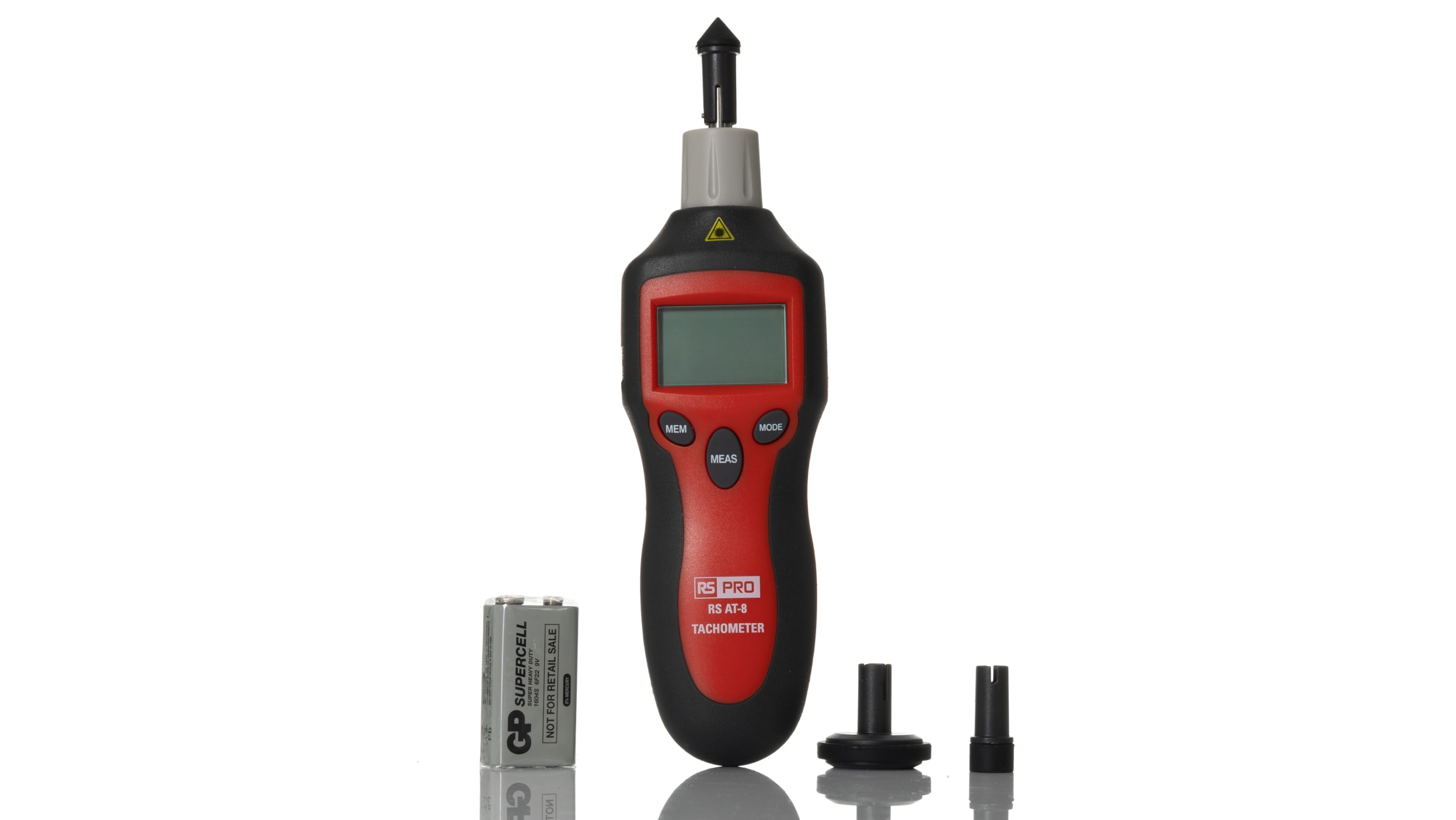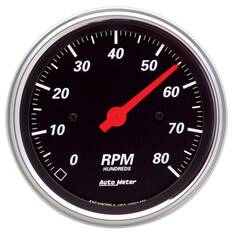Discover Just How a Tachometer Can Improve Your Automobile's Efficiency
Discover Just How a Tachometer Can Improve Your Automobile's Efficiency
Blog Article
The Relevance of a Tachometer in Keeping Track Of Engine Rate and Performance in Automotive Applications
In the world of automobile design, the tachometer stands as a critical tool in the driver's toolbox, providing a direct home window into the internal workings of a car's engine. Past its function as a simple scale of revolutions per min (RPM), the tachometer functions as an essential device for enthusiasts and experts alike, supplying real-time insights right into engine efficiency and health. Comprehending the value of this device exceeds surface-level observations, delving right into the detailed partnership between engine rate, power output, and total driving experience. As we explore the multifaceted duty of the tachometer in automobile applications, a deeper recognition for its effect on vehicle dynamics and effectiveness starts to emerge.
Value of Keeping An Eye On Engine RPM
Checking engine RPM, or transformations per min, is an essential facet of auto upkeep and performance assessment. Engine RPM directly correlates with the rate at which the engine's crankshaft revolves, showing exactly how rapidly the engine is running - tachometer. By keeping track of RPM, mechanics can evaluate the wellness of the engine, spot possible problems, and fine-tune efficiency. An abnormal RPM analysis may signal issues such as engine misfires, faulty ignition system, or concerns with the fuel delivery system. Continually high RPM analyses can show aggressive driving practices or the demand for a greater gear change to improve fuel performance.
In addition, keeping track of engine RPM is essential for efficiency assessment in racing and high-performance vehicles. In recap, monitoring engine RPM is not just essential for finding issues yet additionally for optimizing engine performance in different automobile applications.

Advantages of Real-Time Information
In automobile applications, real-time information plays a critical role in providing instant insights right into the performance and problem of the vehicle. By continuously monitoring various parameters such as engine speed, temperature, gas usage, and a lot more, real-time information provides many advantages that add to improved efficiency and safety and security on the road.
One significant benefit of real-time data is its capability to alert chauffeurs and service technicians to any kind of abnormalities or concerns without delay. This positive method allows fast identification of potential troubles, enabling timely interventions to avoid more damage or break downs. Additionally, real-time information assists in performance optimization by giving instant feedback on driving habits and engine performance. Motorists can change their actions in real-time based upon this information to attain much better gas economic situation and prolong the life expectancy of their vehicle.

Moreover, real-time information plays an important duty in modern-day auto diagnostics, allowing service technicians to rapidly detect and deal with malfunctions. This leads to minimized downtime, reduced maintenance expenses, and inevitably, improved total automobile integrity and longevity (tachometer). By taking advantage of the power of real-time information, automotive stakeholders can make educated choices that favorably impact both the performance and durability of the lorry
Impact on Gear Shifts
The tachometer plays a crucial role in optimizing equipment changes by supplying real-time engine rate data to the driver. When approaching the redline on the tachometer, it signals the driver to upshift to prevent over-revving the engine and creating possible damage.
Furthermore, the tachometer help in achieving smoother equipment changes, specifically in hands-on transmissions. By keeping an eye on engine speed, drivers can execute gear changes at the ideal RPM range, lowering snagging movements and minimizing endure the transmission elements. This precision on duty adjustments not only enhances driving convenience however also adds to fuel performance.
Enhancing Fuel Performance
Provided the crucial duty the tachometer plays in optimizing gear changes for performance and engine wellness, it directly adds to maximizing gas efficiency in automobile applications. By providing real-time comments on engine speed, the tachometer aids chauffeurs in keeping the most reliable RPM range for gas economic climate. When vehicle drivers regularly check the tachometer and adjust their motoring habits accordingly, they can stay clear of unnecessary fuel usage brought on by over-revving or hauling the engine.
Moreover, the tachometer helps drivers identify the most fuel-efficient gear to be in at any kind of given moment, preventing the engine from discover here functioning more challenging than necessary. This is especially critical during velocity and travelling, where remaining in the appropriate equipment can dramatically impact fuel performance. Furthermore, the tachometer can notify chauffeurs to possible mechanical problems that can be adversely affecting fuel economic climate, such as a sliding clutch or a clogged up air filter. To conclude, the tachometer functions as an important tool in improving gas performance by advertising optimum driving practices and identifying areas for enhancement in the automobile's efficiency.

Making Best Use Of Engine Long Life
The tachometer's duty in keeping an eye see this page on engine speed and performance contributes in ensuring the long life of automotive engines. By making use of the tachometer successfully, chauffeurs can maximize engine long life with mindful RPM monitoring. Constantly revving an engine expensive can lead to too much deterioration on critical components, such as the pistons, valves, and bearings. In time, this can result in lowered engine efficiency and possible breakdowns. Keeping an eye on the tachometer allows motorists to remain within the suggested RPM range for their automobile, stopping unneeded pressure on the engine and expanding its life expectancy.

Final Thought
Finally, the tachometer plays a crucial function in keeping track of engine rate and performance in automotive applications. By supplying real-time data on RPM, it permits efficient equipment changes, improved gas efficiency, and made the most of engine longevity. This tool is essential for maintaining optimal engine efficiency and guaranteeing the general performance of a vehicle.
Report this page